Both gerbils and hamsters can be suitable family pets. Both need to be researched to determine if they are a good fit for your family. Gerbils and hamsters are both small rodents that are often confused. While they may have some similar qualities, there are important differences – most notably temperament.
Contents
Gerbil vs Hamster: Temperament
The main difference between hamsters and gerbils is their behavior. While both animals can live well in captivity, gerbils are known to be easier to live with, more docile, and less likely to bite. Hamsters can become docile with frequent contact, but cannot tolerate being held for long periods of time and will bite when scared, sick, or roughly touched. Because of this, hamsters are usually not suitable for children’s pets, while gerbils make excellent beginner pets.

Gerbil vs Hamster: Personality
Gerbils, also known as little jumping mice, are very active and curious about everything. Hamsters are significantly less active compared to gerbils. Gerbils are pack animals, but of course it’s okay to keep them alone. Hamsters are solitary animals and should be kept alone. Gerbils are strong mothers, and male gerbils will help care for their young. So after a gerbil gives birth, it is not necessary to separate the male and female gerbils. This is extremely different from hamsters.

Among the gerbil species, fat-tailed squirrels are very cute, not only do they look like hamsters, but they also behave like hamsters. Most gerbils are very active and inquisitive, but fat-tailed squirrels lack in this, and like hamsters aren’t as active; put them in the palm of your hand and they’ll just sit there, not interested in their surroundings at all, and won’t even try to run away.
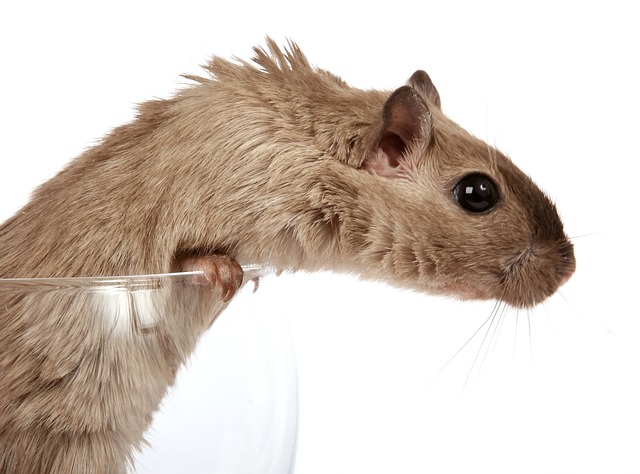
Gerbil vs Hamster:Tail Length
Short tails are the hallmark of most hamsters, while gerbils have long tails, nearly half their body length. When catching gerbils with your hands, you should never lift their tails, as gerbil tails can easily fall off due to external forces. The proper way to catch a gerbil is to gently lift their entire body with one hand and cover it with the other.

Gerbil vs Hamster: Physical Differences
Hamsters are known to have cheek pouches in which they can temporarily store food in case of hunger. However, gerbils do not have cheek pouches, so constantly searching for food is one of the most important tasks for gerbils every day. Since they live mainly in deserts and the Gobi, their tails can be used to store water, which is something that hamsters’ tails cannot do.

Gerbil vs Hamster: Parental awareness
Female hamsters usually need to be separated from male hamsters before they give birth. This is because male hamsters are so reproductively aware that they will kill the baby hamsters in order to continue mating with the female. Gerbils, on the other hand, are highly maternal, and male gerbils will help take care of the babies, and they are adamant about monogamy, so male and female gerbils do not need to be kept in isolation after giving birth.

Gerbil vs Hamster: Hygiene
Both species are very clean and do not require shampoo or water baths. However, both enjoy beach baths several times a week. Be sure to use Chinchilla sand rather than dust to prevent health problems. These sand baths keep coats healthy, less oily, and away from any potential parasites.

Gerbil vs Hamster: Housing and Diet
Both hamsters and gerbils need escape-proof cages with secure lids. The temperature should be around 65-75 degrees and the humidity around 50%. Both species like to hide and sleep in their crates. They both like to rotate toys and enrichment frequently.
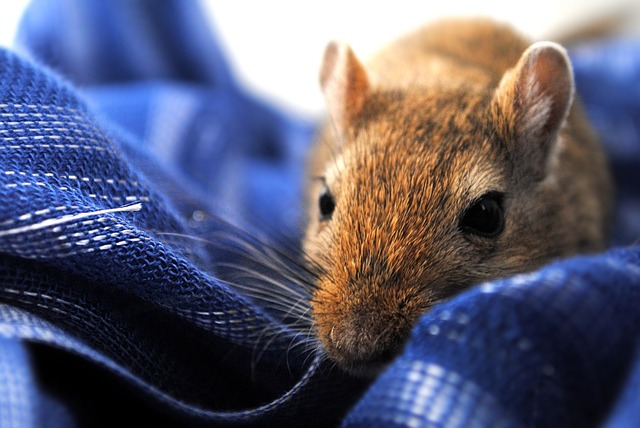
Depending on the particular species, some gerbils and hamsters may have more specific temperature and humidity needs. Be sure to contact your veterinarian to check on your pet’s feeding.
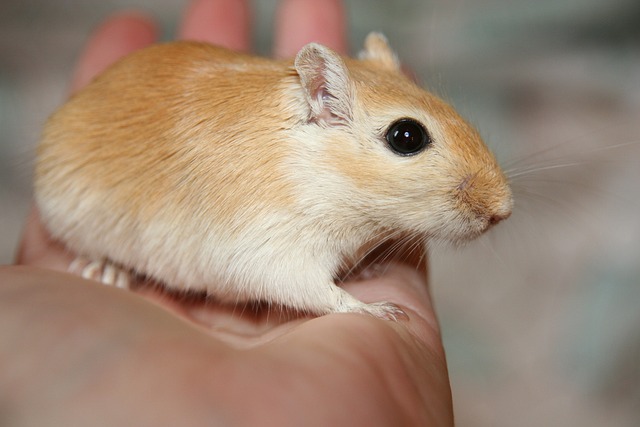
Hamsters occasionally go into hibernation, called numbness, when temperatures are too low. If you think your hamster is going into a state of numbness, consult your veterinarian. Any time a hamster or gerbil is lethargic, sleeps more than normal, and doesn’t eat normally is a red flag that signals you need to call your veterinarian.

Both hamsters and gerbils should eat a specific type of pellet diet. Neither species should eat a seed-based diet because seeds have more calories. Both species need fresh water daily and occasionally fresh vegetables. Hamsters can stuff large amounts of food into their cheek pouches. Be sure to monitor their cages for hoarded or spoiled food.
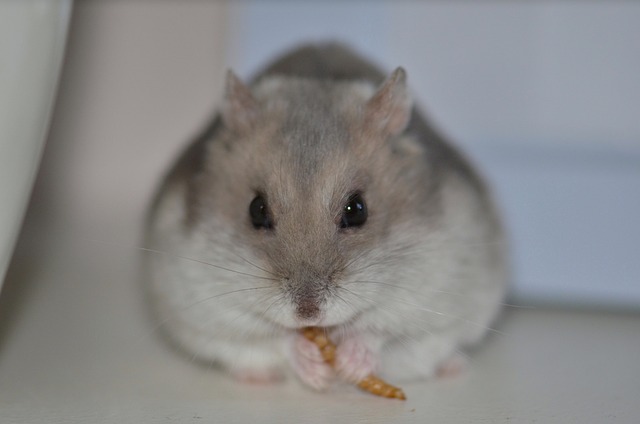
In addition to standard teething rat chow, pasture, combined grains, mineral salt blocks, a little fresh fruit and veggies can also be given as added food. However, high-fat seeds like sunflower seeds should only be given occasionally as a snack. If eaten regularly, they are not only prone to overweight, but also to cardiovascular disease. In addition fresh food must be kept clean, and any leftovers must be removed daily or the gerbils may get diarrhea if they eat it!

Although both species produce very little odor and waste, gerbils may produce slightly less odor than hamsters. Cages should be spot cleaned daily and deep cleaned every two to four weeks.

Gerbil vs Hamster: Lifespan
Gerbils and hamsters have similar lifespans. However, for both species, five years is the oldest hamsters usually live only Gerbils have a life expectancy of one to two years, while gerbils have a life expectancy of three to five years. They have similar gestation periods, both less than a month, and can give birth alive. Hamster litters are slightly larger, up to nine litters, and the pups of both species are weaned at about three weeks of age.
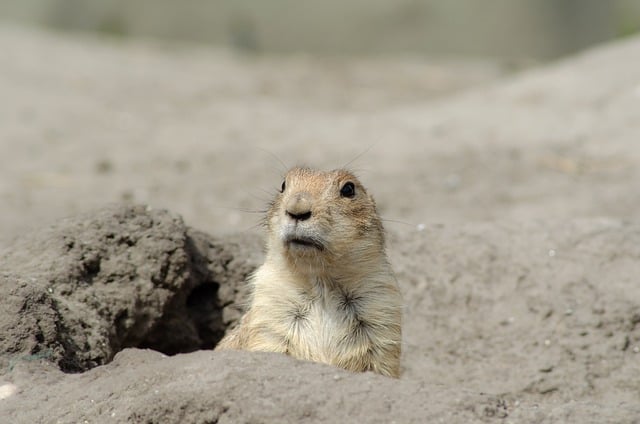
Gerbil vs Hamster: Handling
To avoid injury, neither species should be held by the tail. Hamsters are more likely to bite during handling, so wearing gloves or using a towel may help. The two-handed scooping technique works best for gerbils and hamsters. For short periods of restraint, such as at the vet, you may see a hamster crumpled by excess skin on the neck. Gerbils are more likely to restrain themselves by gently pinning their head with two fingers.

Hamsters have poor eyesight, so it’s always a good idea to make a slight noise before touching them so they don’t get spooked.
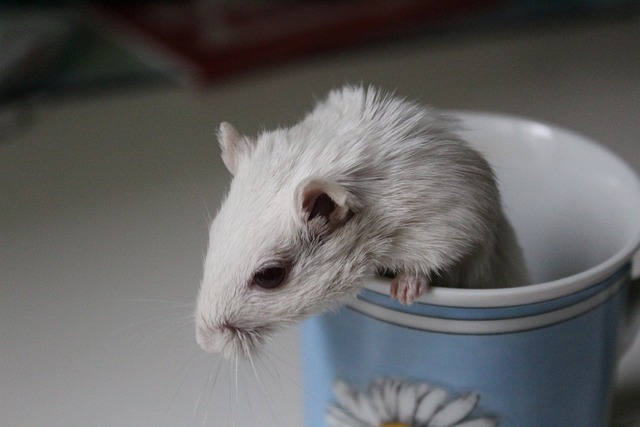
Both species should have at least 30 minutes of human interaction every day, as well as regular veterinary care at least once a year.